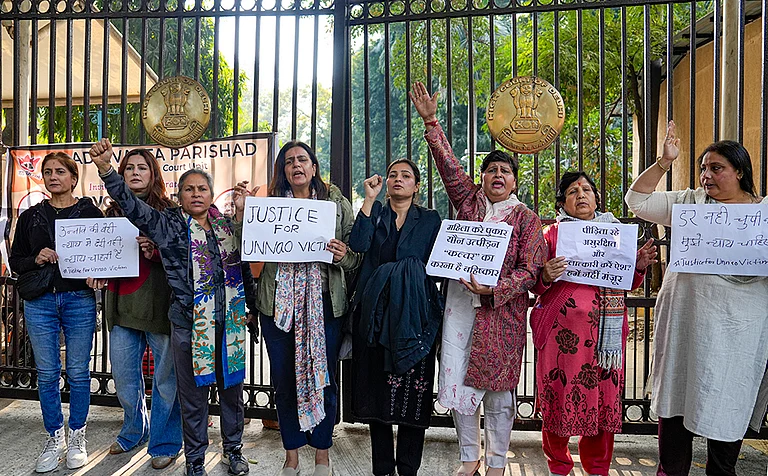A highly contagious and severe strain of mpox is rapidly spreading across continents, following a significant outbreak in central Africa. The situation has escalated to the point where the World Health Organization (WHO) issued a global health emergency last week, marking the second time in two years that such a declaration has been made for mpox.
What Is Mpox?
Mpox, previously known as monkeypox, belongs to the same virus family as smallpox, according to the Centers for Disease Control and Prevention (CDC). Despite its former name, the virus was not spread by monkeys but was first discovered in them in 1958. To avoid stigma, the disease was renamed mpox in recent years.
Mpox is a zoonotic disease, which means it can be transmitted from animals to humans. However, human-to-human transmission is also common, especially through physical contact with an infected person.
There are two main types of mpox: clade I and clade II. Clade I is endemic to central Africa, while clade II is found primarily in West Africa. Recently, a new variant of clade I, named Ib, has emerged, which is more easily transmissible than previous strains.
Is There A Current Mpox Outbreak?
Yes, the outbreak has been severe. Since 2023, Congo and surrounding countries have experienced worsening outbreaks. In 2024 alone, central and eastern Africa have reported over 17,000 infections and more than 500 deaths, according to the Africa Centres for Disease Control and Prevention. The outbreak has spread to 13 African nations, including the Democratic Republic of Congo, Uganda, Rwanda, Burundi, and the Central African Republic.
This marks a significant increase from the 14,957 cases reported in 2023 and the 7,146 cases in 2022. The situation took a worrying turn last Thursday when Sweden reported its first mpox case, brought by a traveler returning from Africa. This marked the first detection of the virus outside Africa in this outbreak.
The Africa CDC has sounded the alarm, reporting 500 deaths and calling for international medical assistance. The WHO’s emergency declaration, known as a Public Health Emergency of International Concern (PHEIC), is the highest level of alert under international health law. The Center for Infectious Disease Research and Policy at the University of Minnesota estimates that around 10 million vaccine doses are needed to control the outbreaks in Africa.
The United States has pledged to donate 50,000 vaccine doses to Congo, but experts believe that millions more doses will be required from Western countries, particularly the U.S., to contain the virus. This will necessitate a significant increase in vaccine production.
Is Mpox Present In The U.S.?
As of now, the new strain of mpox has not reached the U.S. However, American health officials are preparing for the possibility of its arrival. The CDC has issued a health alert and a travel notice regarding the stronger mpox strain, advising healthcare providers to monitor for symptoms and inquire about recent travel to affected regions.
Currently, a few cases of the less severe clade II strain are still being reported in the U.S. These cases are remnants of the 2022 outbreak, and the CDC has stated that the risk of a widespread outbreak in the U.S. remains "very low" at this time.
What Happened During The 2022 Mpox Outbreak?
The current mpox strain differs from the one that caused a global outbreak in 2022. The clade II strain primarily affected the African continent until it suddenly spread to Europe and the U.S. in the spring of 2022. The first U.S. cases were detected in mid-May of that year, and the outbreak peaked on August 1, with 638 cases reported in a single day.
The 2022 outbreak was largely concentrated in major U.S. cities like New York, Los Angeles, and San Francisco, particularly during social events such as Pride Month. The U.S. declared a public health emergency for the outbreak, which lasted until January 31, 2023.
Since then, over 32,000 people in the U.S. have been infected with mpox, and 58 have died. The virus has primarily affected men who have sex with men, but cases have also been reported among nonbinary and transgender individuals.
How Is Mpox Spread?
Mpox spreads through bodily fluids and physical contact, including close contact with respiratory secretions, skin lesions, or contaminated objects. The virus often passes to humans from animals like rodents and primates through bites, aerosol transmission, or contact with infected fluids.
What Are the Symptoms of Mpox?
Mpox infection usually presents with flu-like symptoms and a distinctive rash that develops into painful, pus-filled lesions. The illness can last anywhere from two to four weeks and can be fatal if left untreated.
Common symptoms include:
Fever and headache
Swollen lymph nodes
Exhaustion and body chills
Backache and body aches
Rash over the body
Blister-like lesions resembling chickenpox
The rash typically begins on the face and spreads to other parts of the body, including the hands, feet, chest, and genitals. The fluid-filled lesions go through various stages before drying out and falling off.
The incubation period, or the time between infection and the appearance of symptoms, usually ranges from 6 to 13 days but can extend from 5 to 21 days.
What Is The Treatment For Mpox?
Vaccines are available and recommended for those at higher risk of infection. The JYNNEOS vaccine, a two-dose series administered at least four weeks apart, provides protection against both clade I and clade II strains of the virus. The vaccine has proven to be highly effective, with less than 1% of fully vaccinated individuals becoming infected. Additionally, those who do contract the virus after vaccination tend to experience milder symptoms.
However, despite the availability of the vaccine, more than 75% of at-risk populations in the U.S. have not completed the full vaccination series. Many people who receive the first dose do not return for the second, reducing the vaccine's effectiveness.



























